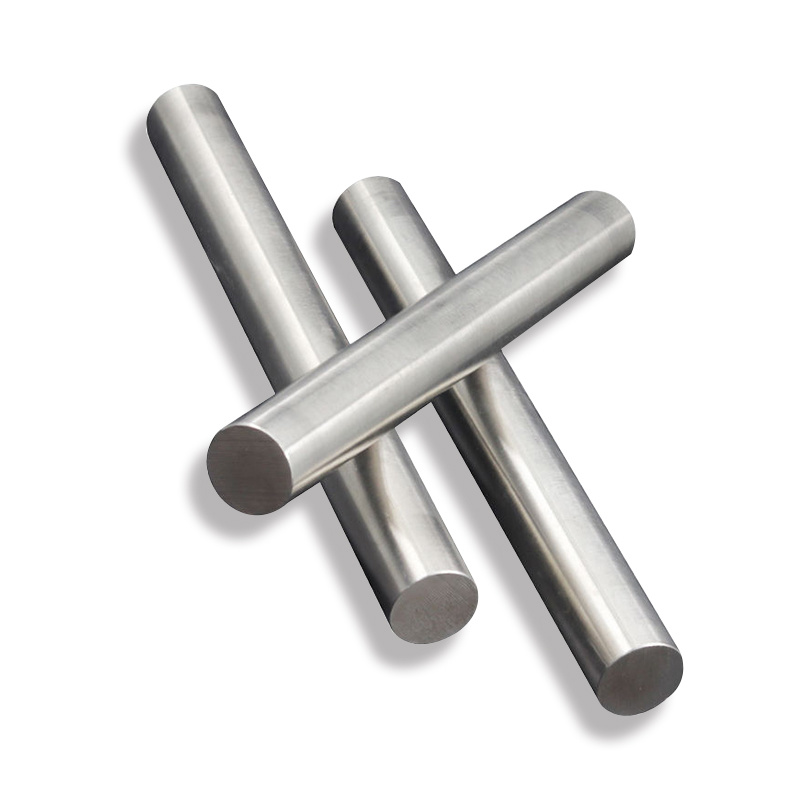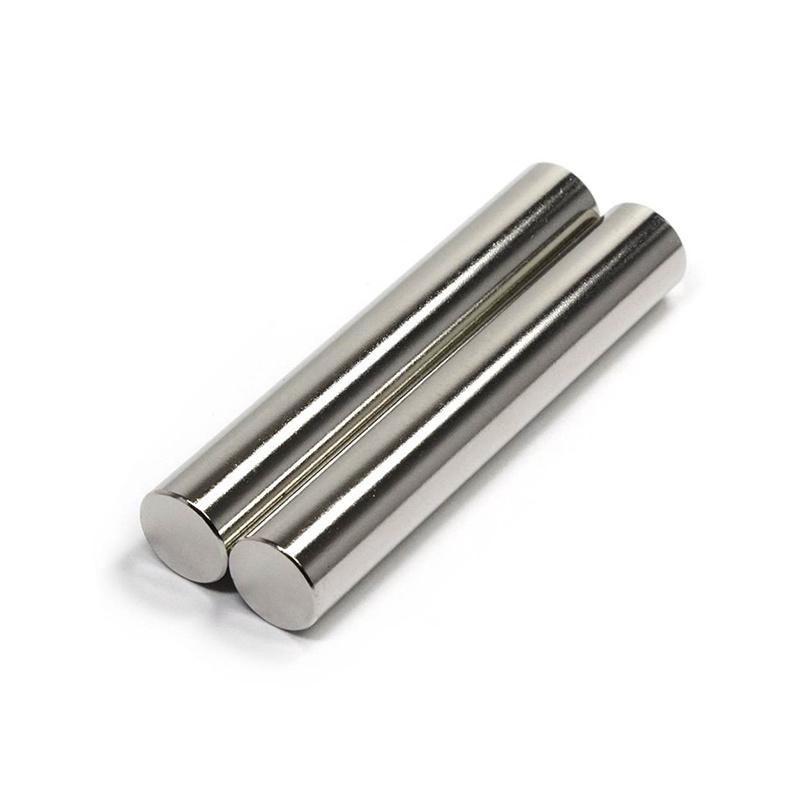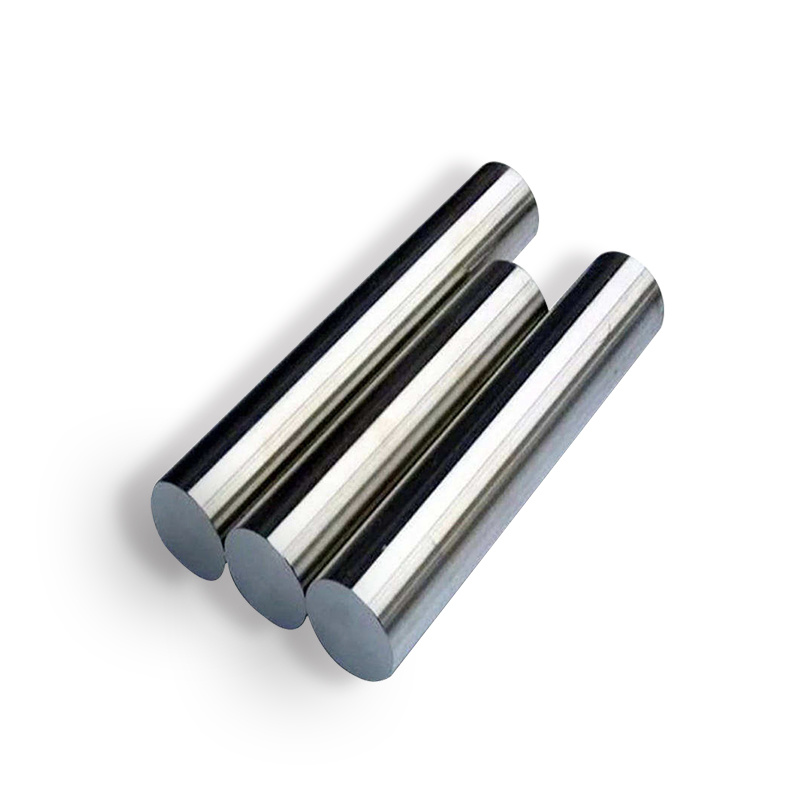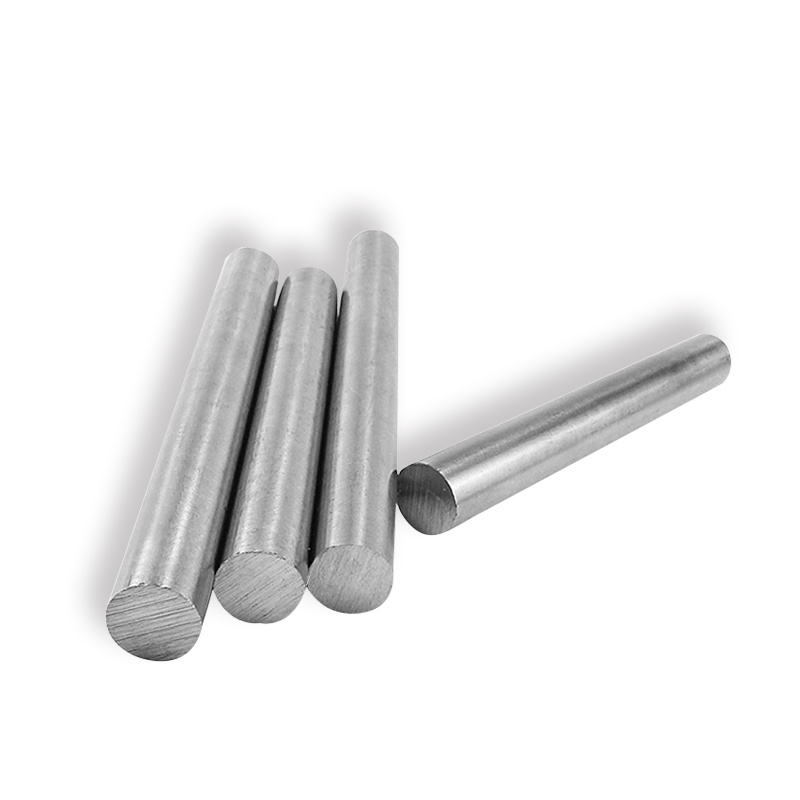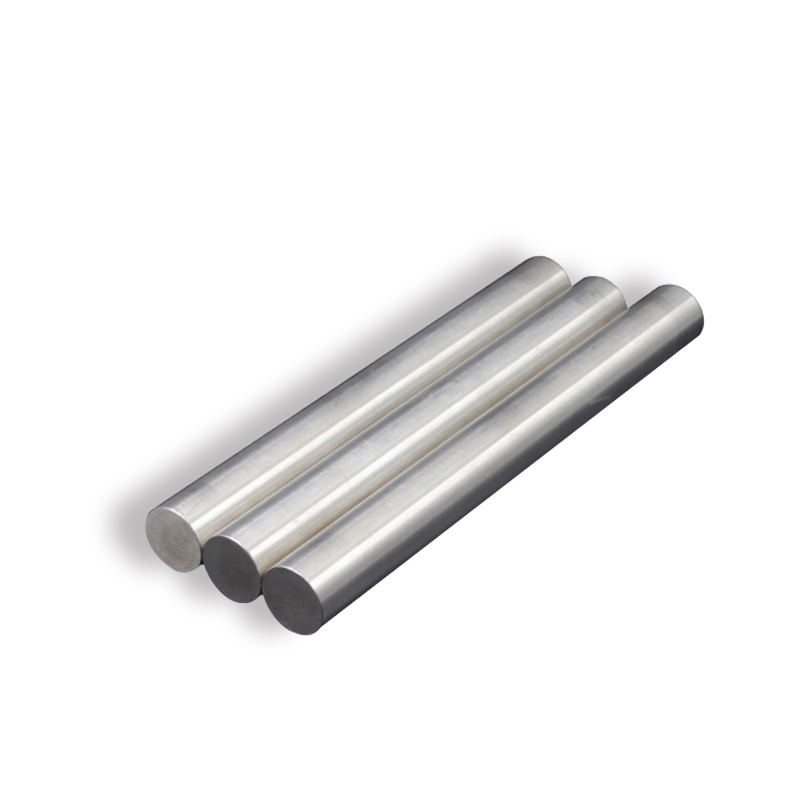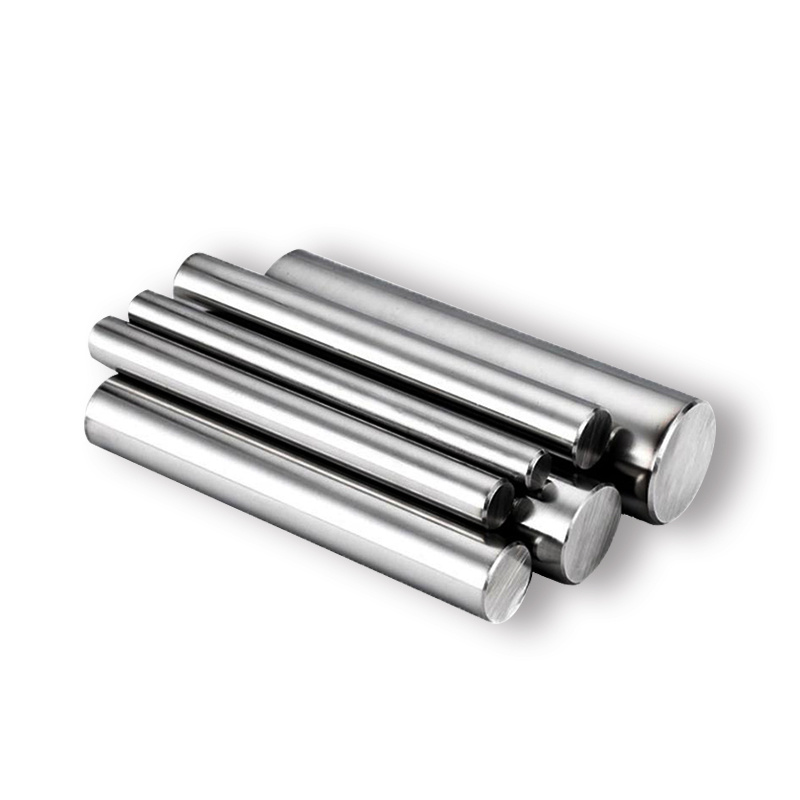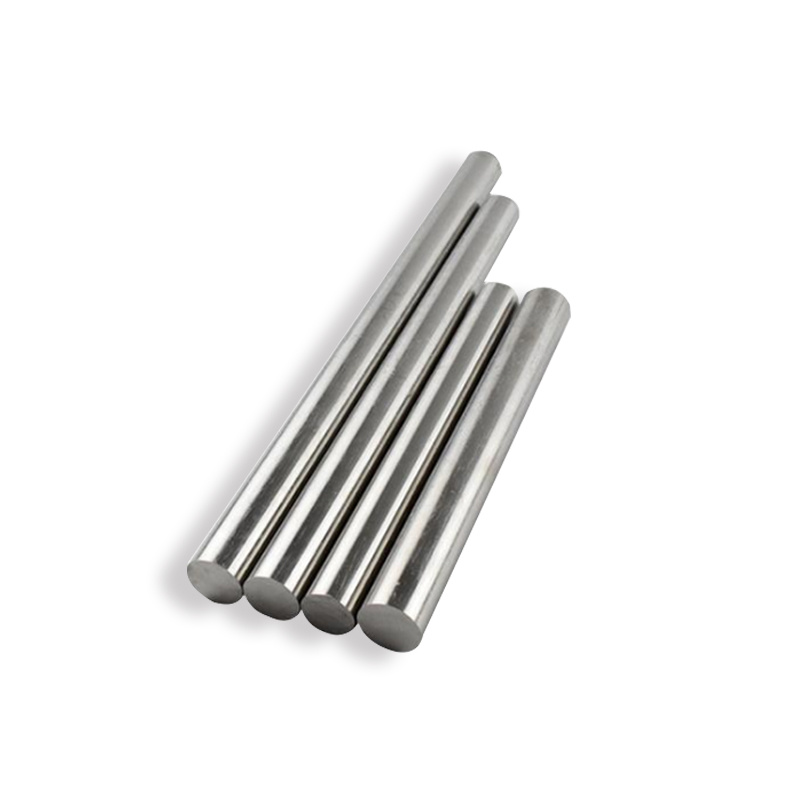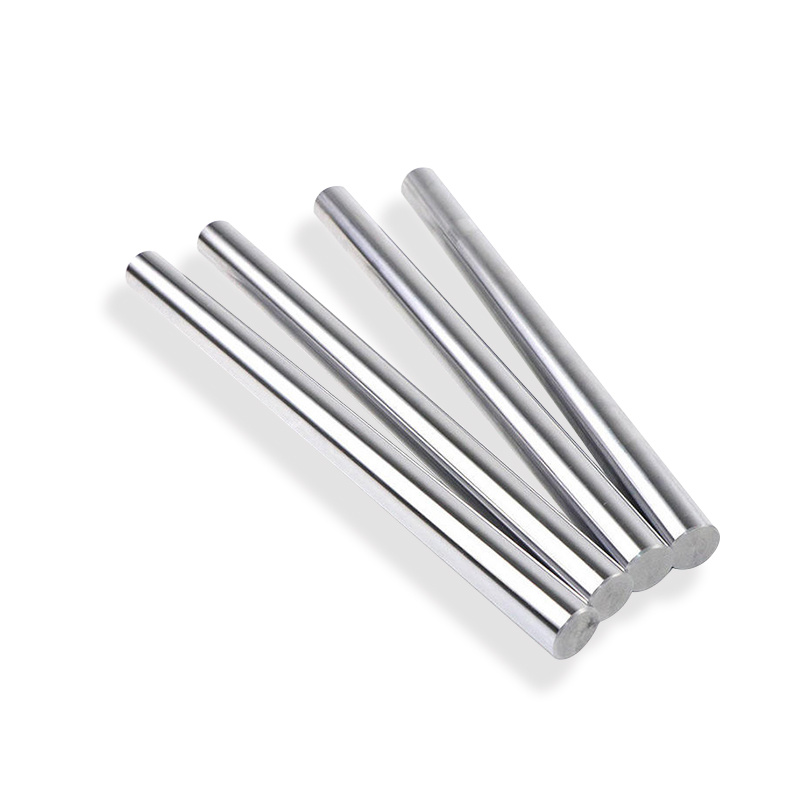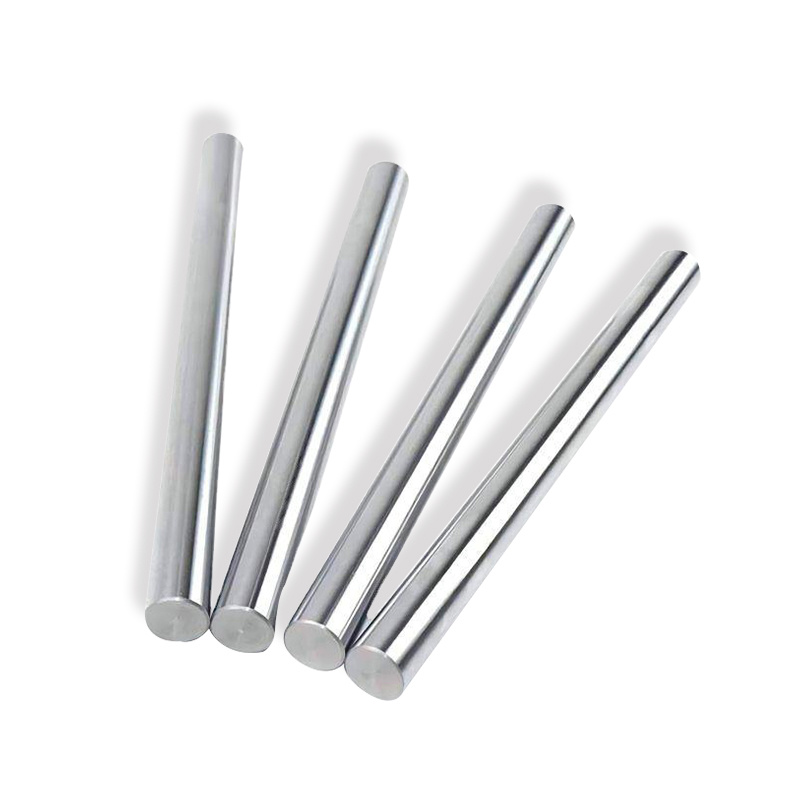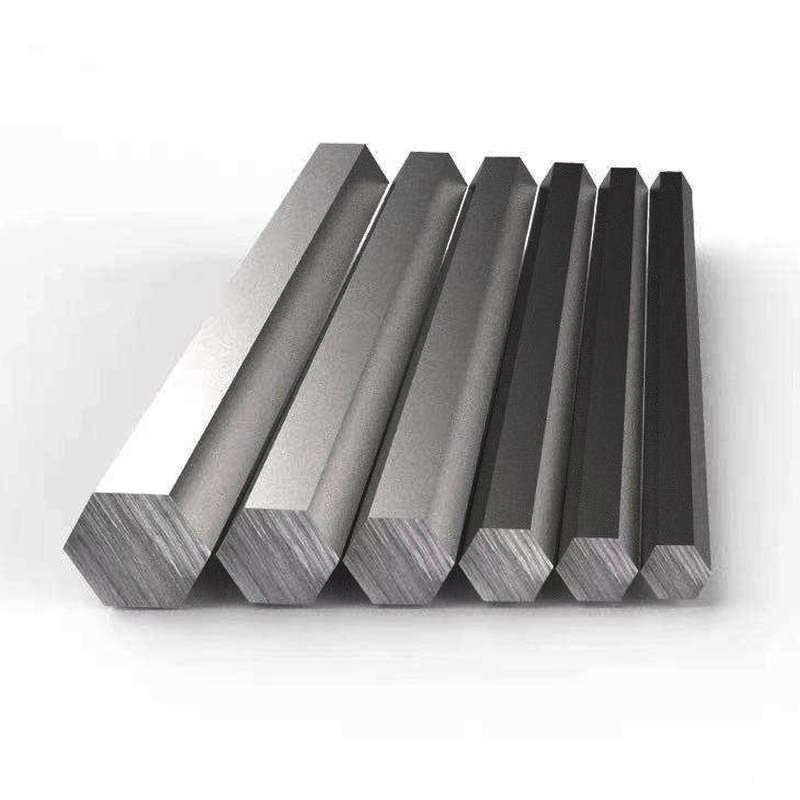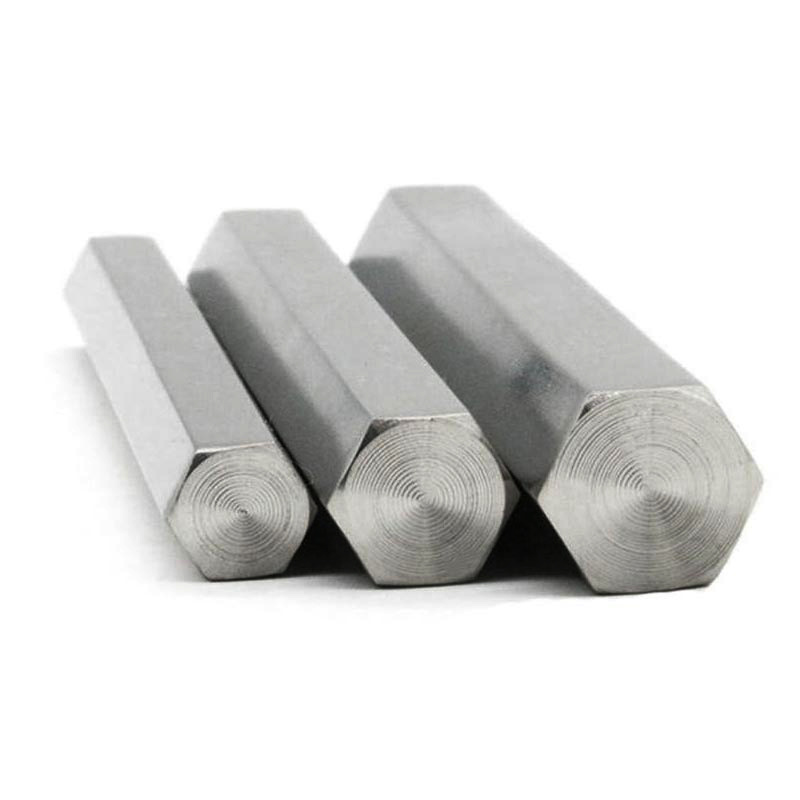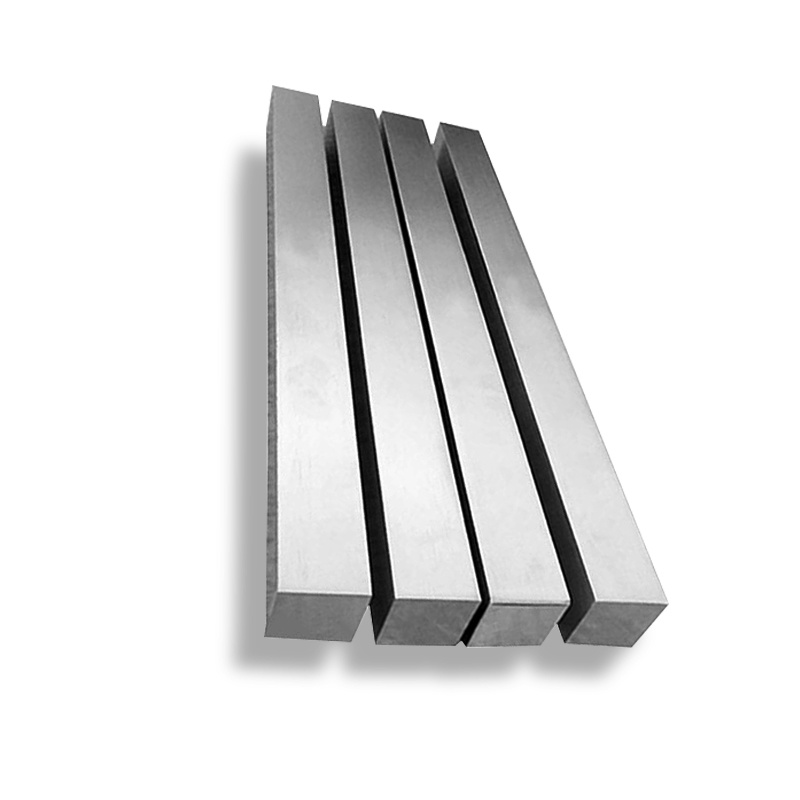Categories
Stainless Steel Bar
304 stainless steel, as one of the most commonly used types of stainless steel, is an outstanding material when it comes to corrosion resistance, heat resistance, low temperature strength and mechanical properties. In addition, it has exceptional hot-workability so it leaves no heat treatment hardening phenomenon.
Similar to 304 stainless steel, 304L stainless steel has one key difference in its chemical composition. The maximum carbon content of 304 stainless steel is 0.08%, whereas grade 304L stainless steel has a maximum carbon of only 0.03%. This is why the “L” in 304L can be interpreted as extra-low carbon. It is usually used to produce equipment and parts that demand better corrosion resistance and formability.
316 stainless steel has extra 2-3% molybdenum, in addition to iron, chromium and nickel. Molybdenum significantly leads to better performance of 316 stainless steel in certain corrosive environments containing chlorides. So it is a very common choice in situations requiring higher corrosion resistance.
316L stainless steel, similar to 316 stainless steel, has a lower amount of carbon of no more than 0.03% in its composition. This is meant to reduce the risk of carbon precipitation, to make a better choice for welding to achieve maximum corrosion resistance.
310S stainless steel has incredible oxidation resistance and corrosion resistance as an austenitic chromium-nickel stainless steel. Because of a higher percentage of chromium and nickel, so that it possesses better creep strength as well as high temperature resistance.
440C stainless steel, as a high carbon martensitic stainless steel, is widely favored for its high strength, moderate corrosion resistance, and good hardness and wear resistance. It has the property to achieve the highest strength, hardness and wear resistance of all the stainless alloys after heat treatment.
2205 Duplex Stainless Steel Bar
2205 Duplex stainless steel alloy bar is made of a duplex stainless steel composed of 22% chromium, 2.5% molybdenum and 4.5% nickel nitrogen alloy, which accounts for its high strength, good impact toughness and good overall and local resistance to stress corrosion.
2507 Duplex Stainless Steel Bar
2507 duplex stainless steel bar is made of a special ferritic-austenitic duplex stainless steel featuring excellent corrosion resistance. It performs comprehensive protection against point corrosion, crevice corrosion and uniform corrosion through the unique ratio of chromium and molybdenum elements.
201 stainless steel is the steel that is resistant to the corrosion of weak media such as atmosphere, steam and water, while acid resistant steel refers to the steel that is resistant to the corrosion of chemical corrosive media such as acid, alkali and salt.
202 stainless steel is made of a stainless steel with low nickel content and high manganese content. Because it is a stainless steel originally developed to save nickel, so its nickel content is lower than most other stainless steels.
301 stainless steel is a common austenitic stainless steel accommodating 17 percent chromium and 7 percent nickel, giving it extra strength and ductility when cold worked. What is more, it has amazing corrosion resistance properties.
302 stainless steel is an austenitic stainless steel consisting partially of 18% chromium and 8% nickel. Its chemical composition is reliant heavily on reasonable alloy design to fulfill a number of excellent properties.
303 stainless steel bar is made of an austenitic, easy-cutting, wear-resistant acid stainless steel containing sulfur and selenium respectively. It is used in situations where cutting and high surface finish are needed.
305 stainless steel is a common austenitic stainless steel containing elements such as chromium, nickel, and manganese. Chromium is the main anti-corrosion element and can combine with oxygen to form a dense oxide film to protect materials from corrosion. Nickel can improve the material's heat resistance and toughness while reducing its magnetism. Manganese can add to the strength and hardness of materials.
309 stainless steel is a stainless steel material featured by excellent corrosion resistance and high temperature performance. 309 stainless steel bars are widely used as manufacturing parts in aviation, chemical industry, petroleum, food processing fields
316Ti is a titanium stabilized version of 316 molybdenum-containing austenitic stainless steel. It has better resistance to general corrosion and pitting/crevice corrosion than traditional chromium-nickel austenitic stainless steels such as 304.
317L stainless steel has lower carbon content than 317 stainless steel, which means it has better corrosion resistance and higher creep strength at high temperatures. Its main alloying elements include molybdenum, nickel and chromium.
321 stainless steel is an austenitic stainless steel characterized by excellent corrosion resistance at room temperature, as well as good high-temperature strength and creep resistance.



















